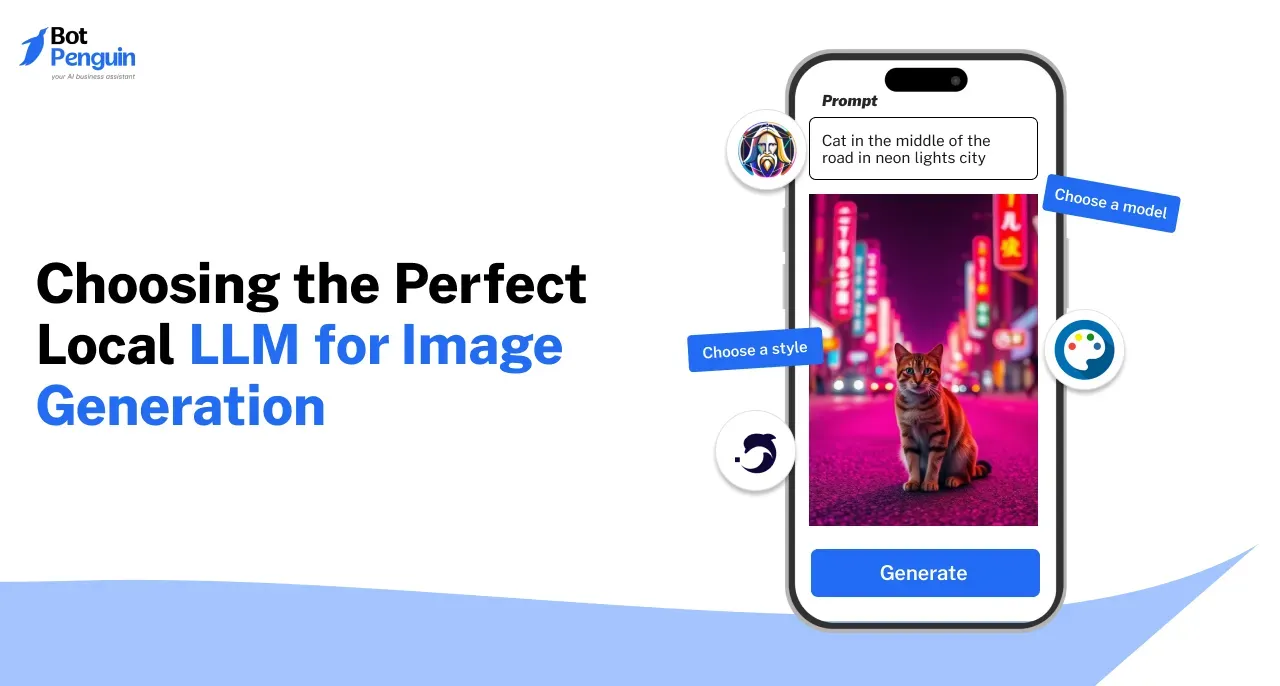Introduction
Your AI isn't as smart as you think.
Sure, it can generate stunning pictures, but not every model suits your needs.
Most people dive in, assuming all local AI models are the same. Or worse, that the most popular one is the best choice. This assumption can cost you time, resources, and results.
In 2022, over 15 billion AI-generated images were created, with approximately 34 million new images produced daily (Source: Artsmart). This highlights the widespread adoption of AI image generation tools.
Choosing the perfect local LLM for image generation requires careful consideration. Whether you need speed, accuracy, or specific artistic styles, the right local LLM for image generation depends on your priorities.
This guide cuts through the noise, helping you make a smart, informed decision on a local LLM image generator. Let’s get started.
Top Choice For Local LLM for Image Generation
Choosing the right local LLM for image generation can transform how you create visuals.
Each model has unique strengths and trade-offs, and the best choice depends on your needs. It depends on high-quality outputs, ease of use, or budget-friendliness.
Let’s explore the top local LLM image generator and what makes each one stand out.
Stable Diffusion
Stable Diffusion is a popular local LLM for image generation, valued for its ability to produce stunning, high-quality visuals.
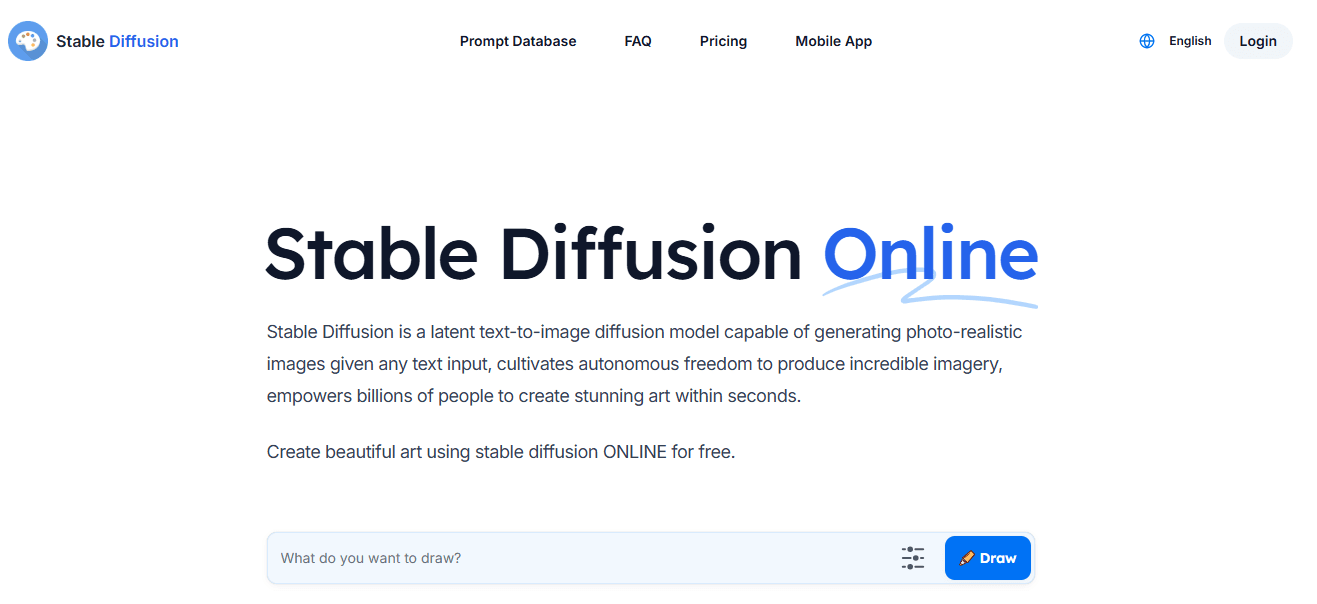
It uses advanced diffusion techniques to create realistic images, making it a favorite among artists and developers.
The strengths and weaknesses of this local LLM for image generation are as follows:
- Strengths: Its outputs are not only sharp but also versatile, catering to a wide range of styles and applications. The large, active community surrounding Stable Diffusion provides abundant resources, tutorials, and plugins, enhancing its usability and creativity potential.
- Weaknesses: The model is demanding in terms of hardware. Running it on low-end devices can result in slow processing or limited functionality.
DreamBooth
DreamBooth is a unique tool designed for fine-tuning. It allows users to train the model on specific datasets, making it an excellent choice for personalized and tailored image generation.
The performance of this local LLM for image generation can be analyzed through its strengths and weaknesses as follows:
- Strengths: Its customization capabilities are unmatched. Users can create outputs that align closely with specific themes or visual identities.
- Weaknesses: The setup process can be complex and resource-intensive, making it less accessible for casual users or those with limited technical expertise.
DALL-E Local Variants
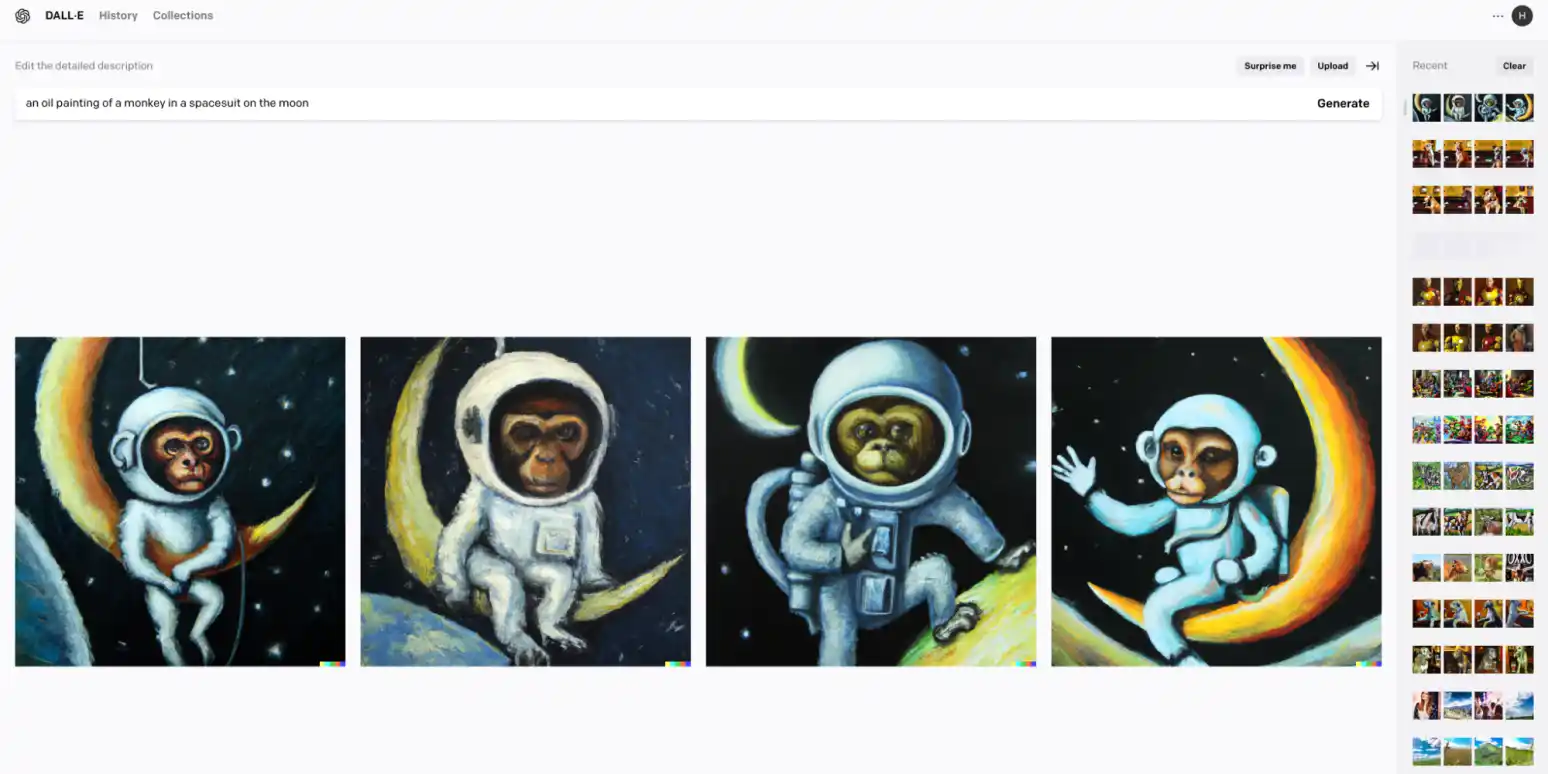
DALL-E's local versions aim to bring the creative power of OpenAI’s flagship model to personal setups. These variants excel at generating imaginative, diverse visuals, often with a surreal or artistic flair.
Below are the advantages and disadvantages of this local LLM for image generation:
- Strengths: DALL-E is especially good at creating unique styles and concepts, making it ideal for artistic and experimental projects. Its ability to interpret abstract prompts is a significant advantage.
- Weaknesses: Some local implementations face limitations in terms of direct support, requiring users to troubleshoot or optimize configurations for their hardware.
RunwayML Local Models
RunwayML stands out for its user-friendly design, making it one of the most accessible local LLM image generators. The platform offers a range of models, including ones specialized for image generation.
Here are the strengths and limitations of this local LLM for image generation:
- Strengths: The simplicity of setup and operation is a major advantage. RunwayML is designed for users of all skill levels, providing an intuitive interface and strong visual outputs.
- Weaknesses: Advanced features and full functionality may require additional subscriptions, potentially increasing costs for more frequent or complex usage.
DeepAI Local Generator
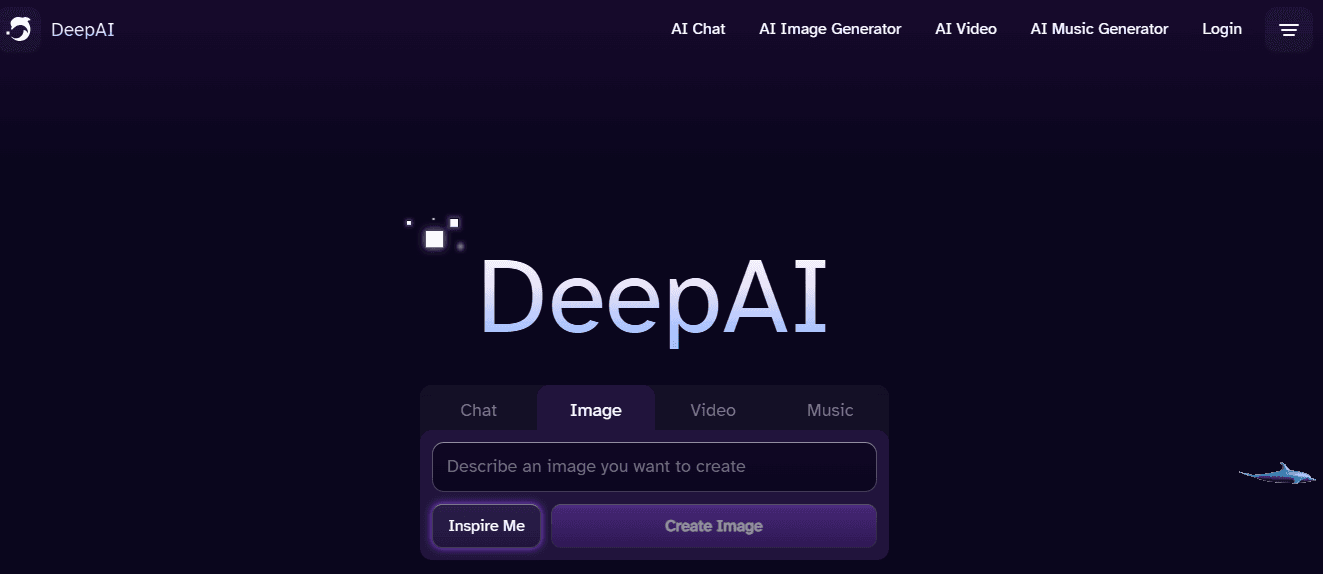
DeepAI offers a straightforward solution for beginners or budget-conscious users looking for a local LLM for image generation. Its minimalist approach makes it easy to integrate into personal workflows.
The benefits and drawbacks of this local Large Language Models (LLM) for image generation include the following:
- Strengths: The platform is quick to set up and runs efficiently, even on less powerful hardware. Its cost-effective nature appeals to users who don’t require advanced features.
- Weaknesses: Its simplicity is also its limitation. DeepAI struggles to match the depth and diversity of outputs offered by more advanced competitors.
Leonardo AI (Local Implementation)
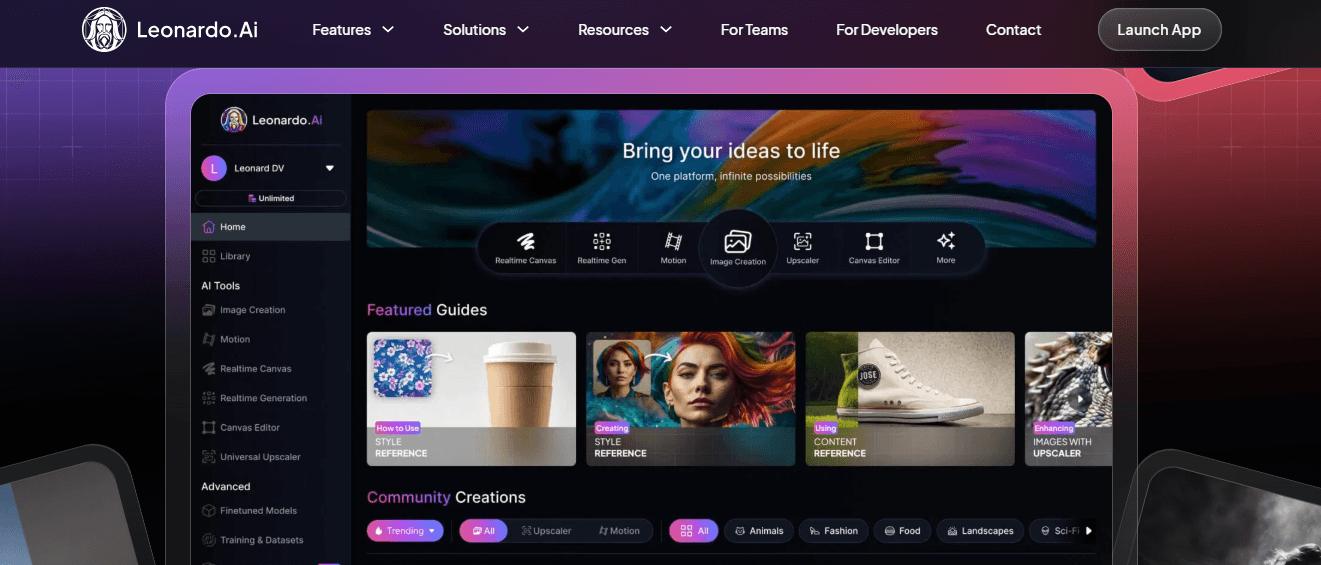
Leonardo AI caters specifically to users involved in gaming or creating artistic assets. This model emphasizes detailed and highly specialized outputs, making it perfect for niche applications.
The key features and shortcomings of this local LLM for image generation are described below:
- Strengths: Its focus on gaming assets and artistic visuals allows users to create tailored, high-quality designs for specific use cases.
- Weaknesses: Its specialization limits its adaptability. It’s less effective for general-purpose image generation.
LLaVA (Large Language and Vision Assistant)
LLaVA is an innovative tool that merges language understanding with image generation, offering a seamless blend of text and visual outputs.
Highlighting the strengths and shortcomings of this local LLM for image generation:
- Strengths: Its ability to process and interpret textual data alongside generating visuals opens new creative possibilities. It’s particularly useful for creating detailed and context-aware images.
- Weaknesses: The model is experimental, and its performance can vary. Users may encounter unpredictable outputs compared to more mature models.
Craiyon (formerly DALL-E Mini)

Craiyon is a lightweight, accessible option for users seeking a quick and easy way to generate images. It is a simplified variant of DALL-E, designed for casual usage.
The key strengths and shortcomings of this local LLM for image generation are described below:
- Strengths: Its simplicity makes it an excellent starting point for users exploring local LLM image generators. It runs efficiently and is easy to install and operate.
- Weaknesses: The outputs are lower in resolution and lack the refinement offered by more advanced models, limiting their application for professional projects.
Key Features to Look In Local LLM For Image Generation
Finding the right local LLM for image generation depends on how well its features align with your specific needs.
Real-life use cases highlight why these features matter. Let’s break them down with practical examples to guide you in choosing the best local LLM image generator.
Compatibility with Your System
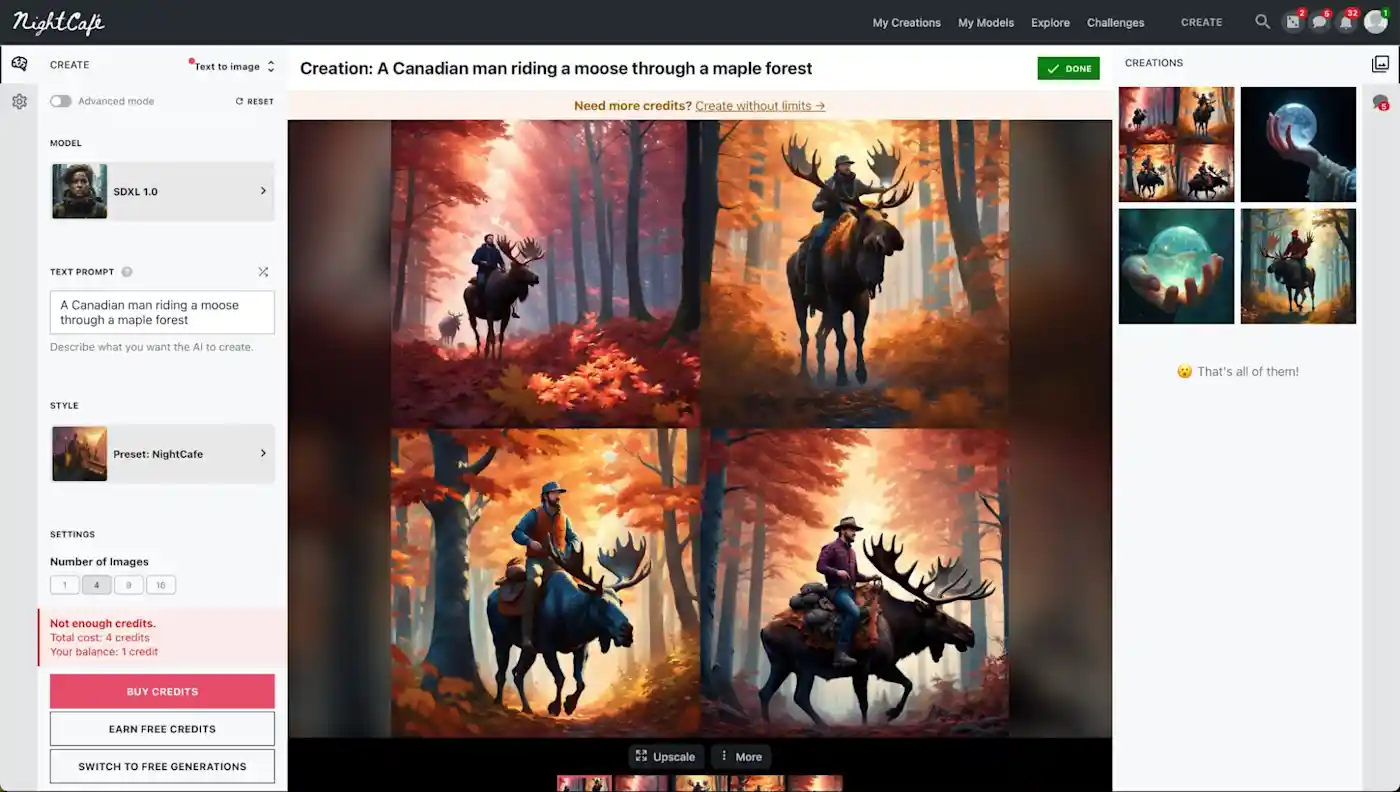
Your hardware and software environment plays a critical role. Choose a local LLM image generator compatible with your hardware and operating system requirements.
- Hardware requirements: For instance, if you’re a digital artist using Stable Diffusion, you’ll need a GPU with at least 8GB of VRAM for smooth operation.
A video game developer using a lower-powered laptop might opt for Craiyon due to its lightweight demands, which works well on minimal hardware.
- Operating system support: A freelance graphic designer using macOS may prefer RunwayML because it offers strong macOS support.
Meanwhile, Windows users might find DreamBooth easier to install with its broader community resources.
Model Capabilities
The variety and quality of outputs directly influence how effective a model is for your projects. Select a local LLM image generator that excels in quality and variety for your project needs.
- Text-to-image generation quality: Consider an advertising agency creating visuals for a campaign. They might choose DALL-E local variants because of their ability to produce imaginative, high-quality images from abstract prompts.
For example, generating surreal visuals like a "dreamscape of floating islands" would be easier and more refined with DALL-E than simpler models.
- Variety in outputs: An indie game developer might choose Leonardo AI because it specializes in creating gaming assets.
For instance, generating custom icons or character designs tailored to their game’s theme is a unique capability.
Ease of Setup and Use
Time and usability matter, especially for non-technical users. Opt for a local LLM image generator with pre-trained models and robust installation support.
- Availability of pre-trained models: A small business owner looking to create social media content may prefer DeepAI for its straightforward access to pre-trained models.
This eliminates the need for extensive configuration or technical knowledge.
- Installation guides and support community: For example, artists using Stable Diffusion often rely on its large community forums and YouTube tutorials for installation guidance and troubleshooting. This makes it easier to integrate into workflows.
Performance and Speed
For time-sensitive projects, performance is key. Choose a local LLM image generator optimized for speed and performance in time-sensitive projects.
- Speed: A marketer needing quick visuals for a last-minute presentation might use Craiyon for its lightweight design and quick image generation.
It’s ideal for scenarios where high resolution isn’t the top priority.
- Optimization options: A hobbyist photographer using DreamBooth to train the model with personalized datasets might reduce resolution settings to optimize speed when generating large batches of personalized images.
Open-Source vs Proprietary
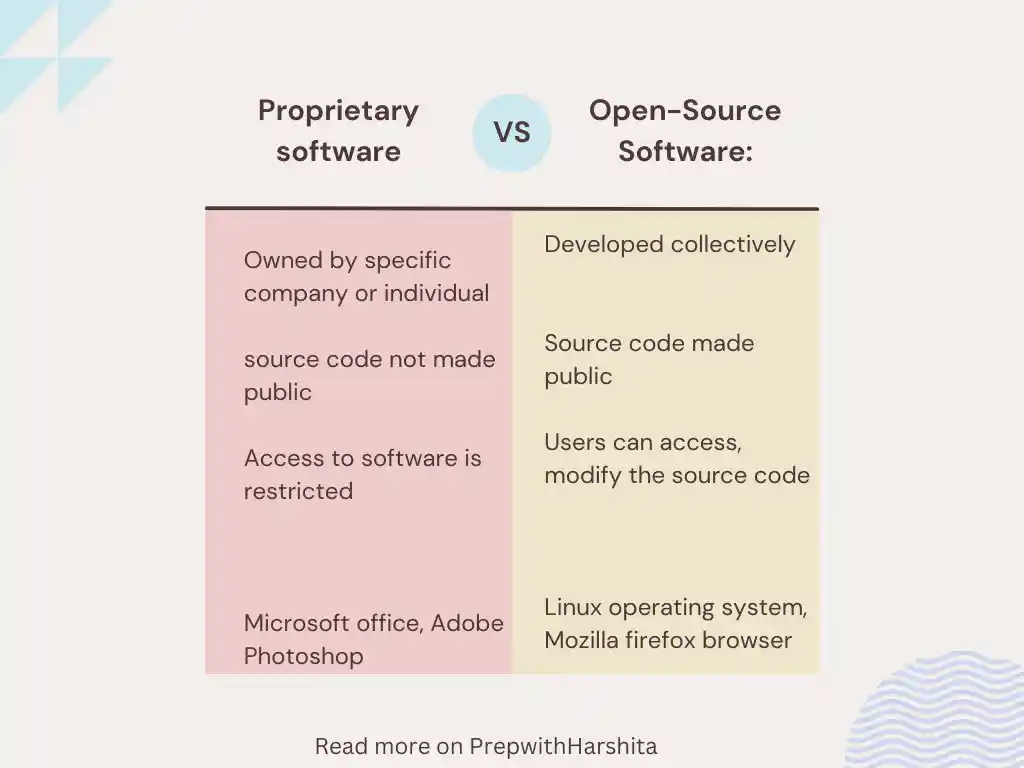
Flexibility and cost considerations depend on your usage type. Decide between open-source or proprietary local LLM for image generation based on flexibility and licensing needs.
- Flexibility in open-source models: A startup experimenting with branding visuals might choose Stable Diffusion because it’s open-source, allowing customizations for unique artistic styles. They could use plugins to integrate directly into their design tools, enabling seamless updates.
- Licensing considerations: A professional illustrator working on commercial projects might opt for RunwayML or proprietary versions of DALL-E for reliable licensing, avoiding potential legal issues when using the generated content in marketing materials.
Step-by-Step: Setting Up a Local LLM For Image Generation
Setting up a local LLM for image generation can seem daunting, but with the right steps, it’s manageable for anyone with basic technical skills.
This section walks you through preparing your system, downloading the model, and running it effectively.
Preparing Your System
Before you dive into using a local LLM for image generation, ensure your system is ready to handle it. Prepare your setup for a local LLM image generator by meeting hardware requirements and installing dependencies.
- Checking hardware requirements: Most models, like Stable Diffusion, require a GPU with at least 8GB of VRAM.
For simpler models like Craiyon, a basic CPU with integrated graphics may suffice. Check the specific model’s requirements to avoid compatibility issues.
- Installing required dependencies: Install essential tools like Python and CUDA (if using an NVIDIA GPU). These dependencies allow the model to run efficiently.
For instance, Python 3.8+ is commonly required, and CUDA accelerates processing for GPU-powered models.
Downloading the Model
Finding a reliable and authentic version of your chosen model is crucial to ensure functionality and security. Obtain your local LLM for image generation from trusted sources and verify authenticity for security and functionality.
- Where to find reliable sources: Download models from trusted repositories like GitHub or official developer websites.
For example, the Stable Diffusion model can be accessed via platforms like Hugging Face or its GitHub repository.
- Ensuring model authenticity: Verify that the downloaded files come from legitimate sources. Check the hash values provided by the developers to confirm that the file hasn’t been tampered with. This protects your system from potential malware.
Running the Model
Once the model is installed, it’s time to start generating images. Launch your local LLM image generator and test with basic prompts to ensure proper functionality.
- Launching the model for the first time: Follow the instructions specific to your model. For example, with Stable Diffusion, you might use a Python script to load the model and specify input prompts. Make sure all dependencies are properly installed before launching.
- Testing with basic prompts: Run a simple prompt like “a cat in a meadow” to ensure the model is functioning correctly.
For beginners, Craiyon is a great choice to test simple text-to-image generation with minimal setup.
Common Challenges of Local LLM For Image Generation and How to Solve Them
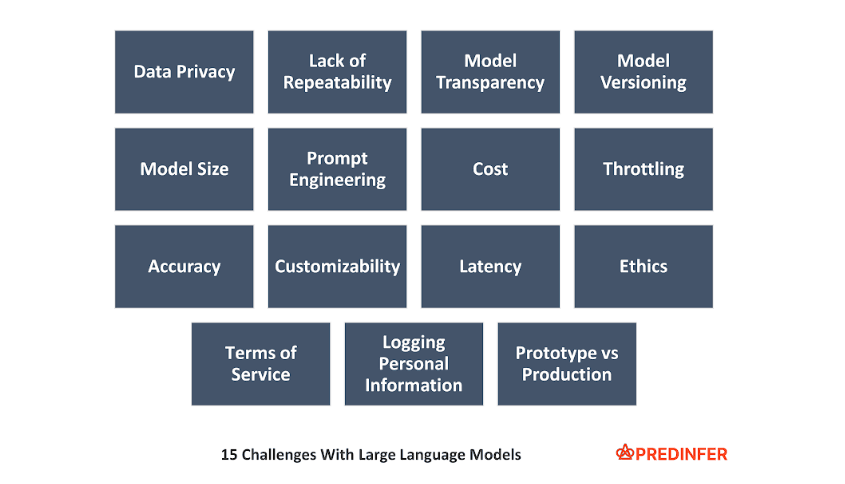
Using a local LLM for image generation is rewarding, but challenges can arise. From hardware constraints to output issues, these hurdles can be managed with the right strategies.
Let’s explore common problems and practical solutions.
Hardware Limitations
Running a local LLM image generator on low-end hardware can cause slow processing or crashes. To optimize performance, use lighter models or adjust settings to suit your hardware’s capabilities.
- Tips for optimizing performance: Use smaller models like Craiyon for lightweight tasks or reduce output resolution to ease GPU load.
Models like Stable Diffusion, enable features like half-precision (FP16) to lower memory usage.
Model Errors
New users often experience frustration when installing or running a local LLM for image generation. To troubleshoot common errors, ensure dependencies are up-to-date and consult community resources for specific issues.
- How to troubleshoot common errors: Check if all dependencies, like Python or CUDA, are installed and up-to-date.
For example, mismatched Python versions often cause runtime errors. Consult community forums or GitHub issues pages for guidance on specific error messages.
Output Quality Issues
Low-resolution or irrelevant outputs can hinder your project. Improve output quality by fine-tuning the local LLM for image generation model or adjusting prompt details for more relevant results.
- Fine-tuning the model for better results: Train the model on a specific dataset for improved relevance using tools like DreamBooth.
For quick improvements, tweak prompt details or experiment with style settings available in some models like RunwayML.
Tips for Getting the Most Out of Your Local LLM For Image Generation
Maximizing the potential of your local LLM for image generation requires more than just setting it up. With the right techniques and habits, you can unlock its full creative power and get consistently better results.
Experiment with Different Prompts
Prompts are the backbone of generating creative outputs. Enhance creativity by refining prompt details and testing unconventional scenarios for local LLM image generator.
- Improving creativity: Slight changes in phrasing can lead to vastly different results. For example, instead of "a forest in autumn," try "a golden autumn forest bathed in soft sunlight." This produces richer imagery and helps the local LLM image generator interpret your intent more effectively.
- Test extreme scenarios: Push the model’s limits with unconventional prompts. This can reveal hidden capabilities or inspire new ideas for your projects.
Use Community Resources
The user community is a valuable source of knowledge and inspiration. So Leverage online communities and custom tools to improve results and extend your local LLM image generator's functionality,
- Finding better results: Platforms like Reddit, Discord, and GitHub host vibrant communities dedicated to models like Stable Diffusion or DreamBooth.
These groups often share prompt tips, custom scripts, and troubleshooting advice.
- Custom tools and plugins: Many developers create add-ons that enhance functionality, such as upscaling tools for higher-resolution outputs.
Explore these resources to extend your local LLM for image generation beyond its default capabilities.
Regularly Update the Model
Staying up-to-date ensures you’re leveraging the latest improvements. So keep your local LLM image generator updated to benefit from new features, bug fixes, and improved performance.
- New features: Updates often include enhancements like faster processing, improved accuracy, or additional styles. For instance, Stable Diffusion frequently rolls out updates that refine its image generation quality.
- Bug fixes: Updates resolve common errors or compatibility issues, making the model more reliable. Always download updates from trusted sources to maintain security.
Conclusion
In conclusion, choosing and using the right local LLM for image generation is a journey that combines preparation, experimentation, and learning.
You can unlock incredible creative potential by understanding your system’s needs. So it is essential to explore different models and leverage community support.
Whether you prioritize quality, speed, or customization, a well-matched local LLM image generator ensures seamless workflows and stunning results. Regular updates and prompt experimentation further enhance your experience, keeping you ahead of the curve.
With these insights, you’re equipped to navigate challenges and make the most of your local LLM, transforming ideas into visually compelling realities.
To take one step further, the BotPenguin chatbot can be integrated with local LLM for image generation. It offers customized, AI-powered visuals while ensuring privacy and control over data.
Frequently Asked Questions (FAQs)
What is a local LLM for image generation?
A local LLM for image generation is an AI model that generates images from text prompts. It runs directly on your hardware for greater control, privacy, and flexibility compared to cloud-based solutions.
What hardware is required to run a local LLM for image generation?
You typically need a GPU with at least 8GB VRAM, sufficient CPU power, and RAM to run a local LLM for image generation.
Some lightweight models like Craiyon can run on basic hardware, but high-end setups improve performance significantly.
Which local LLM for image generation is best for beginners?
Craiyon, the local LLM for image generation, is ideal for beginners due to its simplicity and low hardware requirements.
RunwayML is another user-friendly option with an intuitive interface and strong support for creative projects.
How can I improve image quality with a local LLM for image generation?
Experiment with detailed prompts, fine-tune the model using specific datasets and utilize upscaling tools or plugins.
Keeping your local LLM for image generation model updated also ensures access to the latest features and improvements.
Are local LLMs better than cloud-based models?
Local LLMs offer more control, customization, and privacy but require sufficient hardware and setup effort.
Cloud-based models are easier to use but may involve subscription costs and limit flexibility.
Where can I find reliable local LLM for image generation?
Trusted sources of local LLM for image generation include GitHub repositories, Hugging Face, and official developer platforms.
Always verify the authenticity of downloads through hash values and ensure compatibility with your system.
